Which Type of Home Renovation Is Right For You?
We break down the four types of home renovation: contractors, designers, architects & design-build firms. Find out which is best for your NYC renovation.
April 28, 2021
|
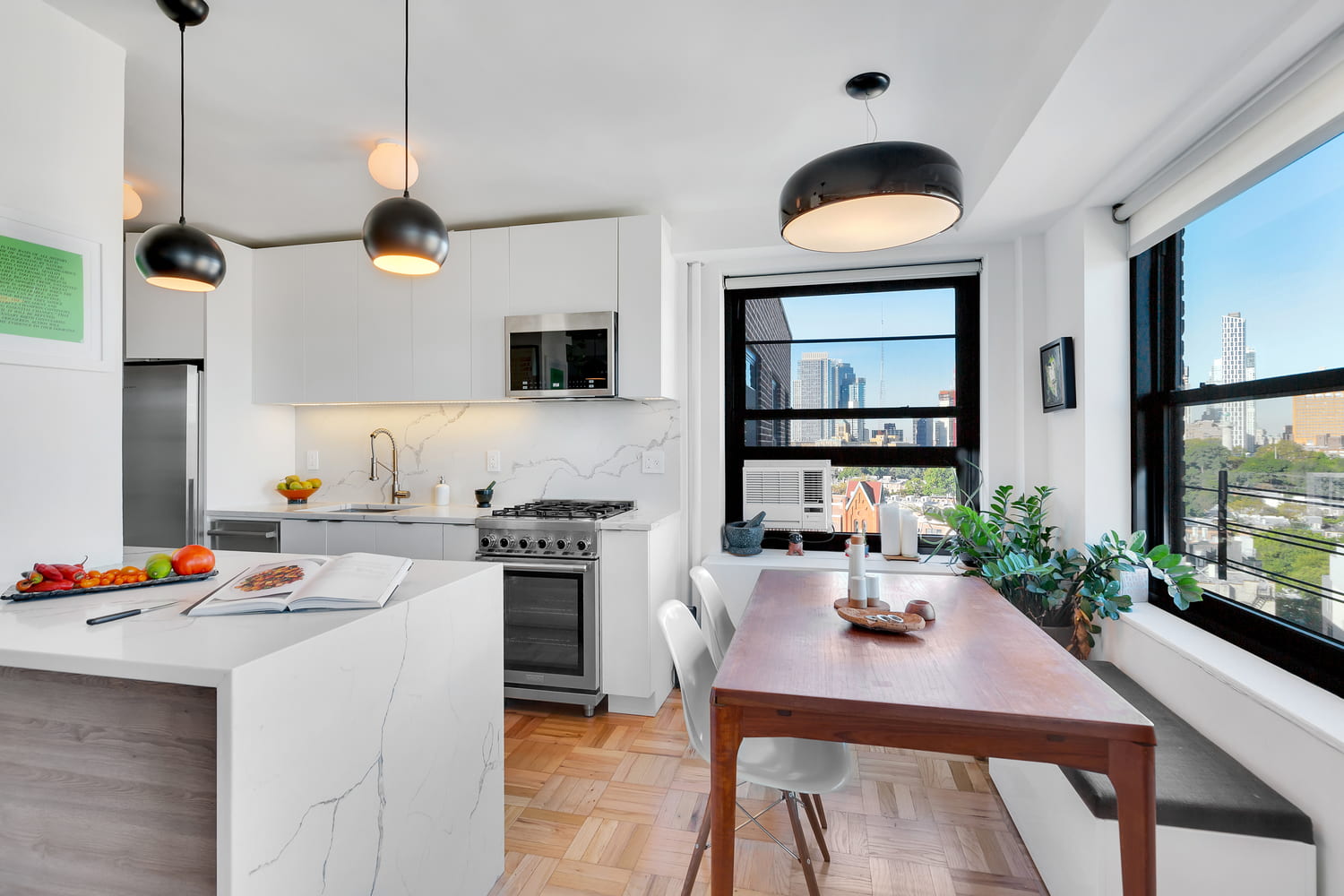
Which Type of Home Renovation Is Right For You?
Everyone’s heard of contractors and architects and interior designers, but did you know that there’s a type of renovation that actually combines all three?
Table of contents
If you’ve ended up here, there’s a good chance that visions of a home renovation are dancing in your head. After deciding to take the remodeling plunge, you’ve realized that not all home renovations are built equally. Everyone’s heard of contractors and architects and interior designers, but did you know that there’s a type of renovation that actually combines all three? Keep reading as we break down the four main methods of home renovation to determine which one is best for you.
[#Contractor]Contractor[#Contractor]
In this method of home renovation, a contractor works directly with the client to create a bid that includes only the cost of labor and the raw materials (sheetrock, electrical wiring, plumbing lines, etc.). This method is best suited for low-budget renovations and small projects like painting or remodeling only one room.
The contractor is responsible for procuring raw materials and executing the project, while the client is responsible for providing the contractor with a design plan, selecting and procuring all finishes, ensuring they are delivered to the job site, and ensuring the contractor is following the plan. On one hand, homeowners are likely to save money because a designer or architect is not necessary, but on the other hand, they are not often experienced project managers and can lack the expertise to inspect the finishes and ensure they are in proper condition prior to installation.
Read More: 5 Questions To Ask A NYC General Contractor Before Hiring One
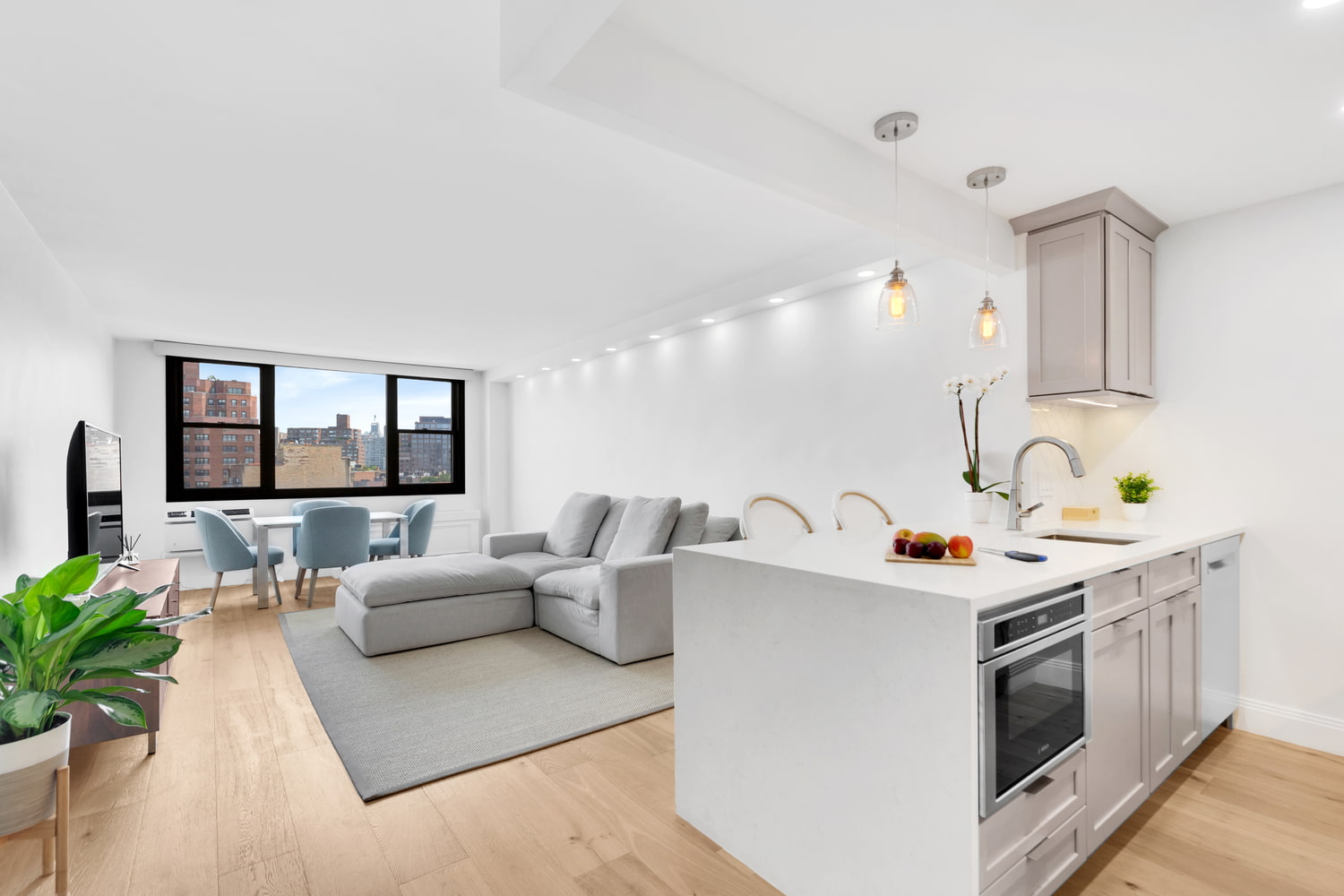
[#Designer]Designer[#Designer]
In this method of home renovation, the owner hires a designer to plan the entire space and choose the finishes for the project. The designer’s responsibilities often stop at this point. This method is best suited for projects where the owner is working with a labor-only contractor and does not have a clear vision of what the space should look like.
The designer is responsible for working with the owner to identify their aesthetic, creating renderings of the space, and selecting and procuring finishes. Designers also sometimes act as an independent owner’s agent to make sure the contractor sticks to the design plan. The client is responsible for approving or declining the proposed design and finishes, finding a contractor to execute the plan, ensuring all permits and plans are filed appropriately, and often making sure that the contractor is following the plan as well.
In this scenario, the client benefits from access to someone who is creatively inclined to handle designing the space, but of course that tends to come with a substantial fee or even a percentage of the job cost of the contractor’s proposal. Designers also are unable to file plans or file for permits and don’t typically have construction experience.
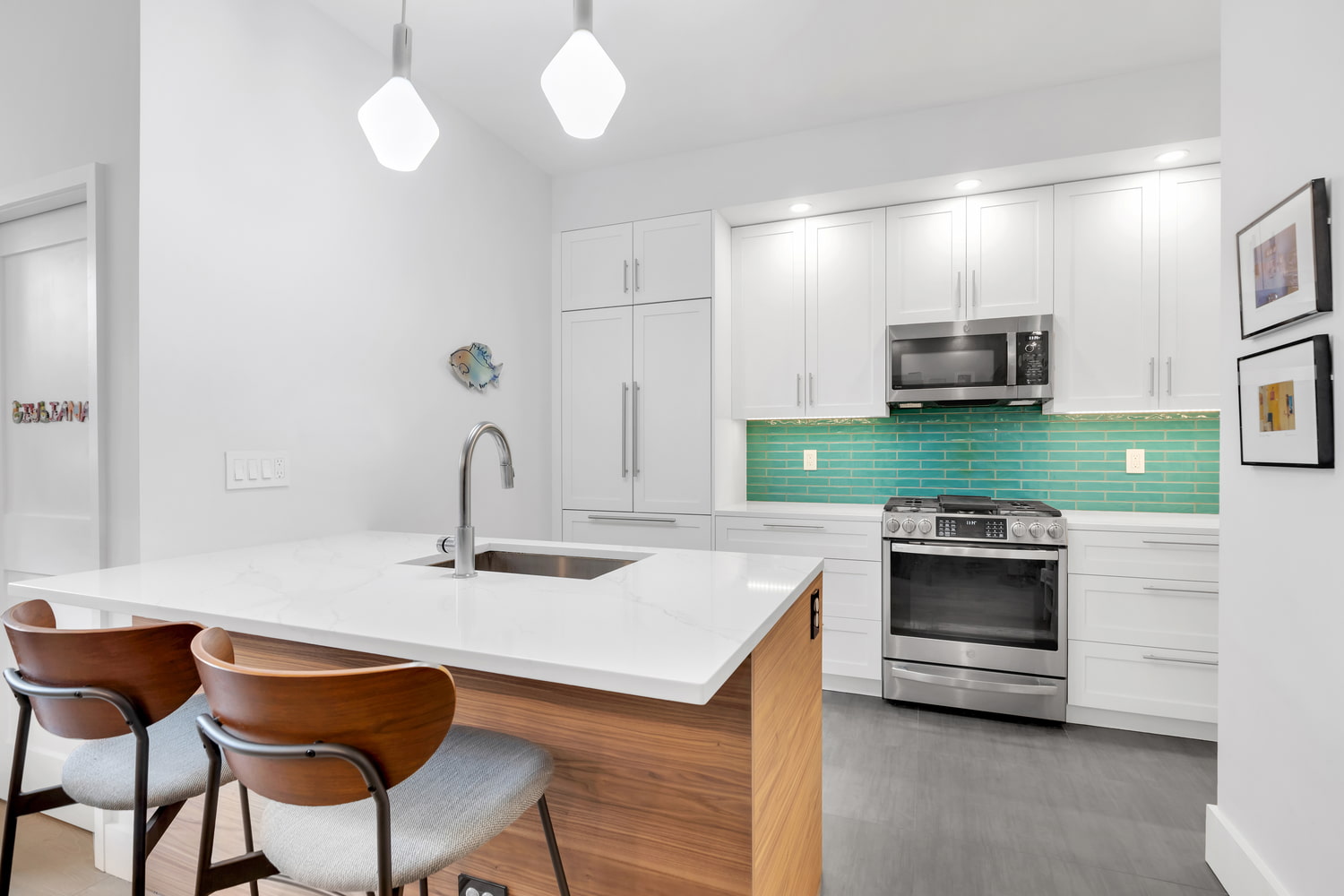
[#Architect]Architect[#Architect]
In this method of home renovation, the owner hires an architect to design the entire space, from layout to finishes. The architect will also file plans, act as the owner's agent in procuring a contractor, and supervise the project. This method is best suited for projects that involve significantly altering the space, such as building new rooms or converting a property from a single-family to a multi-family residence.
The architect is responsible for designing the space, creating plans, filing those plans with the Department of Buildings, bringing in a contractor or opening up bidding to multiple contractors, and overseeing the project. The client is responsible for giving the architect an idea of goals for the finished space and approving or declining the proposed design.
This process is ideal for the client who wants to be as hands-off as possible, knowing that the architect is an independent owner’s agent overseeing the project. But as with designers, architects typically charge a substantial fee for their services or a percentage of the job cost of the contractor’s proposal, often up to 30% of the project cost.
Read More: The Pros And Cons Of Design-Build Vs. Architectural Firms
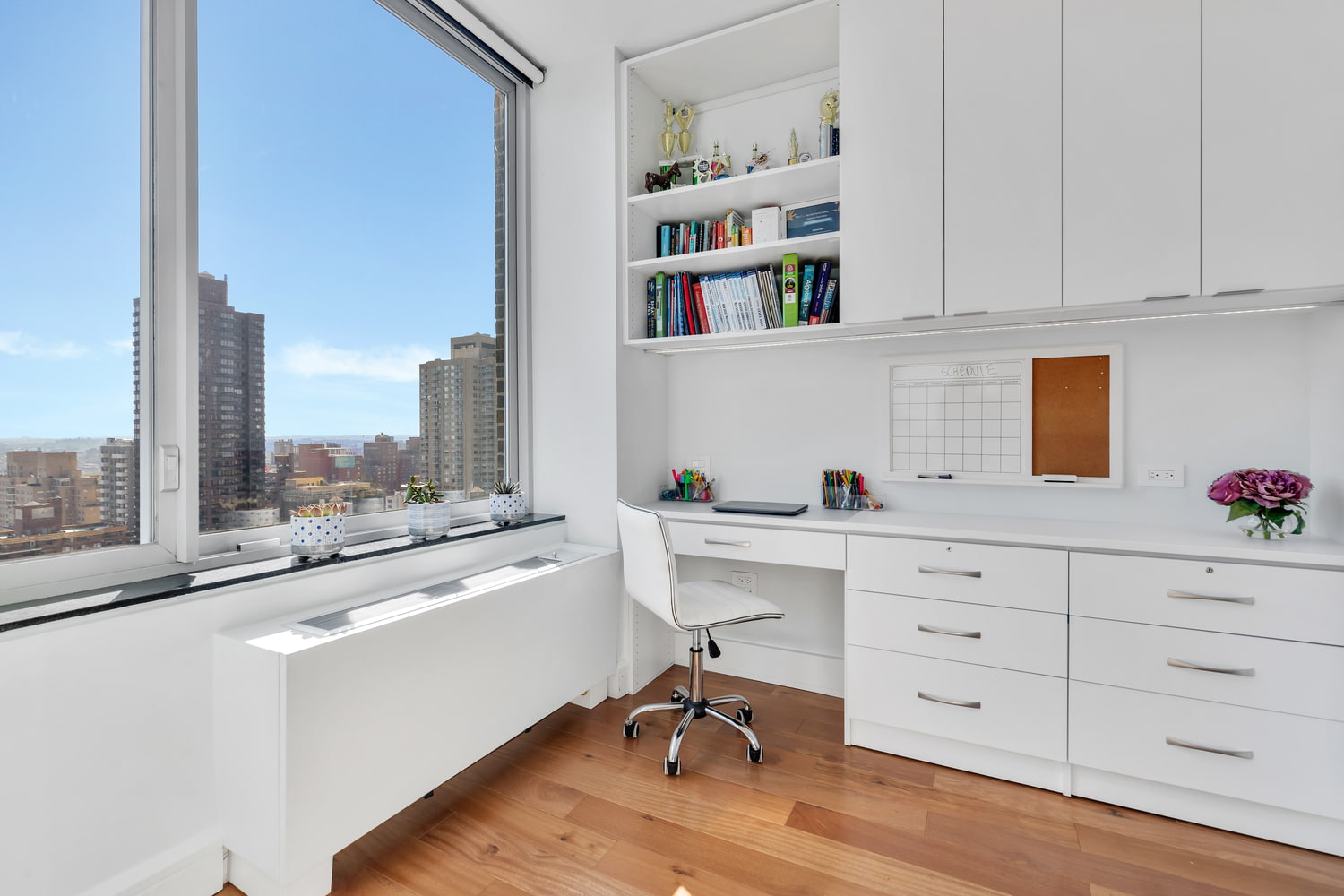
[#Design-Build]Design-Build[#Design-Build]
In this all-inclusive method of home renovation, a design-build firm like Gallery Kitchen & Bath works with the owner from start to finish to design a space, file plans, select and procure finishes, and execute the build. This method is best suited for mid-sized to large renovation projects, especially where the owner has a mid-level budget (not looking for the most affordable or most expensive option), as well as projects where the owner is not looking to manage the work.
The design-build firm is responsible for creating and filing architectural drawings, designing the space, selecting and procuring finishes and fixtures, obtaining all permits and file plans, and executing the build. The client is only responsible for approving or declining the design and finishes.
This tends to be the least stressful option for owners because they are almost entirely hands-off from the beginning of the project. They also know exactly what they are paying for upfront, with no additional architect and design service fees based off the project cost. This method also maintains all moving parts under one roof, which means there is far less room for error as multiple unrelated companies are not all touching the project.
The major downside is that there is no independent owner’s agent to supervise the project, but successful design-build firms are built on their reputations for quality, service, and integrity. These firms, as we do at Gallery, also employ project managers to supervise the job site and ensure seamless communication.
Read More: Design-Build Vs Design-Bid-Build: What’s The Difference?
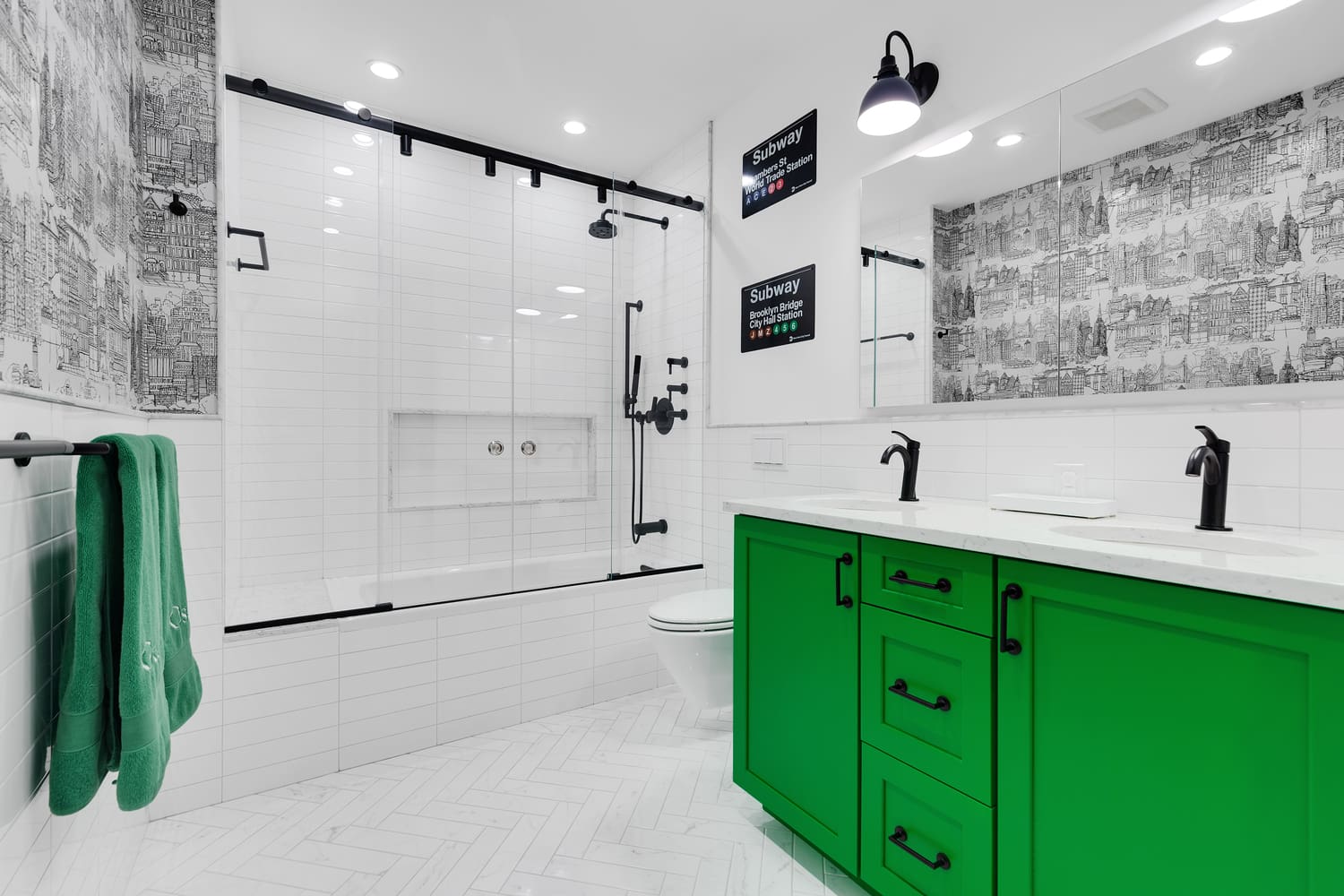
If you’re planning a home renovation in New York City, consider the value that a design-build firm may bring to the table. At Gallery, our extensive experience in renovating New York properties from brownstones and townhomes to co-ops and condos and any residential space in-between ensures that your project will be completed seamlessly in a streamlined fashion. Contact us today to learn more about our New York City apartment renovation and remodeling services.

.png)
.png)


.jpg)


.jpg)

%20(2).jpg)


.jpg)
%20Gallery%20KBNY.JPG)


